Pasteurizer is a kind of sterilization equipment specially used in the food and beverage processing industry. It adopts pasteurization method, i.e., the principle of low-temperature long-time heating, and can effectively kill bacteria, viruses and other microorganisms in food by precisely controlling the heating temperature and duration, ensuring food safety and extending shelf life. Pasteurizer has the advantages of simple operation, good sterilization effect and small impact on food nutrition components, which is one of the indispensable equipment in food processing. It is widely used in the production process of liquid foods such as dairy products, fruit juice, beverage and beer, providing important technical support for the development of food industry.
The origin history of pasteurizer
The origin of pasteurizer can be traced back to the late 19th century, specifically in 1895, when it was invented by the American microbiologist Ralph Bauer. Initially, this equipment was designed to solve the problem that beer was prone to souring after brewing. After a long period of research and practice, Bauer found that heating beer to 50-60 degrees Celsius for a certain period of time could effectively kill lactic acid bacteria and spores, thus preventing beer from souring. This method not only saved the French brewing industry but also laid a solid foundation for the later pasteurization method. With the continuous progress and improvement of technology, the pasteurization method has been widely used in the food industry, especially in the processing of liquid foods such as milk and fruit juice. Pasteurizer has become an essential equipment.
Important components of pasteurizer
Shell:
As the outer structure of the pasteurizer, it is usually made of stainless steel, which is corrosion-resistant and durable, protecting the internal components from the external environment.
Sterilization chamber:
Also known as the sterilization cavity, it is the core part of the pasteurizer. Here, the food is heated to the set temperature and lasts for a certain period of time to achieve the sterilization effect.
Heating system:
The heating system usually consists of a heater and a heating transmission medium, generally using steam heating. After the steam is heated by the heater, a high-temperature environment is formed in the sterilization chamber to kill bacteria.
Cooling system:
Used to cool down the sterilized products for better preservation and storage. The cooling system generally consists of a cooling water tank and a cooling water circulation system.
Pipeline system:
Including feed pipeline, discharge pipeline, steam pipeline, cooling water pipeline, etc., used to transport raw materials and cooling media, and maintain the temperature and pressure in the sterilization chamber.
Electrical control system:
Used to control and adjust the parameters such as heating, cooling, and pressure of the pasteurizer to ensure the sterilization effect and stable production process.
These components constitute the basic framework of the pasteurizer, ensuring the efficient and stable operation of the equipment.
Pasteurizer Working principle
The pasteurizer sterilizes through the core mechanism of high temperature and high pressure. Here is a detailed description of the working process of the pasteurizer.
Core Mechanism:
The pasteurizer mainly utilizes high temperature to destroy the cell structure of microorganisms, making them lose their activity, thus achieving the purpose of sterilization. High temperature will destroy the life substances such as proteins and nucleic acids of bacteria, viruses, and other microorganisms, rendering them unable to perform normal physiological activities, and ultimately achieving sterilization.
Working Process:
Preheating Stage: Before starting to work, the pasteurizer will first undergo preheating. This stage is to increase the temperature in the sterilization chamber to the initial temperature required for sterilization, preparing for the subsequent high-temperature sterilization process.
Heating Stage: After preheating is completed, the pasteurizer will start heating. Through a conveyor, the food to be sterilized is sent into the sterilization chamber, and steam or hot water is continuously injected to heat it up, raising the temperature to the required sterilization temperature (usually 121 degrees Celsius or higher) and maintaining it for a certain period of time. During this process, high temperature destroys the cell structure of microorganisms, making them lose their activity.
Holding Stage: After heating is completed, the pasteurizer will enter the holding stage. This stage is to ensure that the bacteria in the food are completely killed and prevent microorganisms from regrowing during the cooling process. The holding stage will last for a certain period of time, which depends on the food type and sterilization requirements.
Cooling Stage: After the holding stage ends, the pasteurizer will enter the cooling stage. This stage will quickly activate the cooling system, rapidly cooling the food to room temperature or lower. This rapid cooling process can prevent microorganisms from regrowing and ensure the durability of the sterilization effect.
Throughout the entire workflow, the pasteurizer ensures the sterilization effect and food quality through precise temperature control systems and time control devices. At the same time, to ensure that the food is heated and cooled evenly, continuous stirring or circulation will be performed inside the pasteurizer.
In summary, the pasteurizer kills microorganisms through the core mechanism of high temperature and high pressure, and ensures the sterilization effect and quality of food through a precise workflow.
Types Of Pasteurization Technology
Indeed, there exist different technological types of pasteurization, mainly reflected in the differences in heating temperature and heating time. Here are several major types of pasteurization techniques:
Low-temperature long-time pasteurization (LTLT):
This method involves heating food at a lower temperature (usually between 63°C and 72°C) for a longer period of time. This sterilization method is suitable for cases requiring lower sterilization intensity, such as certain types of dairy products and fruit juices.
High-temperature short-time pasteurization (HTST):
HTST uses higher temperatures (usually between 72°C and 85°C) for a shorter heating time. This method is suitable for cases requiring higher sterilization intensity while hoping to maintain nutrients and taste in the food.
High-temperature long-time pasteurization (HTLT):
In this method, food is heated at a higher temperature (usually above 85°C) for a longer period of time. This sterilization method is suitable for products that require thorough sterilization but do not have particularly high requirements for food quality.
Ultra-high temperature (UHT) instant sterilization:
UHT sterilization involves extremely short-time heating at ultra-high temperatures (usually above 135°C). This method can achieve extremely high sterilization efficiency, suitable for products requiring long-term storage and higher requirements for food quality, such as long-shelf-life milk and beverages.
The main difference between these technological types lies in the combination of heating temperature and heating time, and different combinations are suitable for different food types and sterilization needs. For example, for foods that require maintaining nutrition and taste, lower temperatures and longer heating times may be chosen; while for foods requiring long-term storage, higher temperatures and shorter heating times may be selected to achieve more thorough sterilization effects.
Please note that the above information is for reference only, and the specific types of pasteurization techniques may vary depending on the food type, equipment model, and sterilization needs. In practical applications, it is necessary to select the appropriate pasteurization technique based on specific conditions.
Application Of Pasteurizer In Food Industry
Dairy Products
Fruit Juice
Ice Cream
Wine
Tea
Coffee
Beer
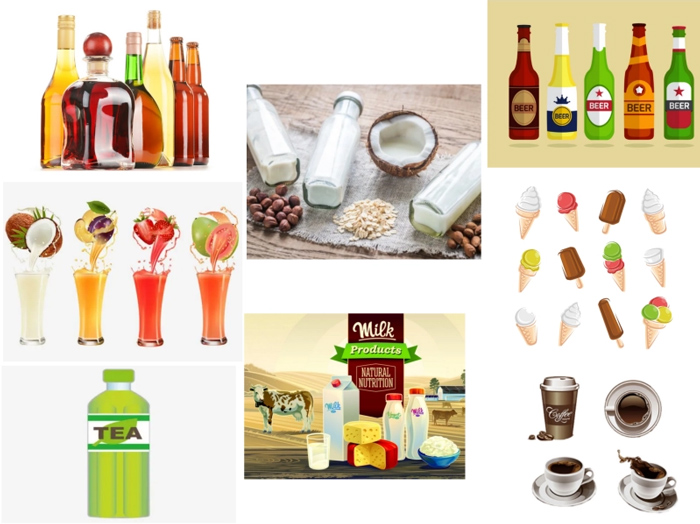
Dairy products:
In the production process of dairy products, pasteurizers play a crucial role. By heating dairy products such as milk to a specific temperature, pasteurizers can effectively kill bacteria such as Salmonella and Mycobacterium tuberculosis, ensuring the safety of dairy products. At the same time, this treatment method can also extend the shelf life of dairy products to a certain extent, allowing consumers to enjoy fresher and safer dairy products.
Juice:
For juice, pasteurization is a crucial step to ensure its quality and safety. Microorganisms in juice, such as mold and yeast, can cause juice to spoil if not processed. Through heat treatment, pasteurizers can effectively remove these microorganisms, maintain the pure taste and nutritional value of juice, and extend its shelf life.
Ice Cream:
In the production process of ice cream, pasteurizers are mainly used to treat its raw materials, such as milk and cream. Through heat treatment, bacteria in these raw materials are effectively killed, thus ensuring the safety of ice cream. In addition, pasteurization also helps improve the taste and stability of ice cream, allowing consumers to enjoy delicious ice cream with confidence.
Wine:
In the brewing process, pasteurizers are mainly used for sterilization of raw materials and certain steps in the brewing process. This not only helps eliminate potential microbial contamination but also improves the flavor and quality of the wine. Wine that has undergone pasteurization treatment is purer, tastes better, and has a longer shelf life.
Tea:
For bottled tea drinks, pasteurization is a crucial step to ensure product safety and quality. Through heat treatment, pasteurizers can effectively kill bacteria, mold, and other microorganisms in tea drinks, preventing product spoilage. At the same time, this treatment method can maintain the original taste and nutritional value of tea drinks, allowing consumers to enjoy delicious tea drinks while also ingesting the beneficial ingredients in tea leaves.
Coffee:
Pasteurizers also play an important role in the production and processing of coffee. Through heat treatment, bacteria, mold, and other microorganisms in coffee are effectively killed, ensuring the quality and safety of coffee. In addition, pasteurization also helps remove undesirable odors and flavors from coffee, improving its taste and flavor.
Beer:
Pasteurization is a crucial step in ensuring the quality and taste of beer during its production process. Through heat treatment, pasteurizers can kill bacteria, yeast, and other microorganisms in beer, preventing beer from spoiling. At the same time, this treatment method can maintain the original taste and aroma of beer, allowing consumers to fully appreciate its unique flavor when tasting.
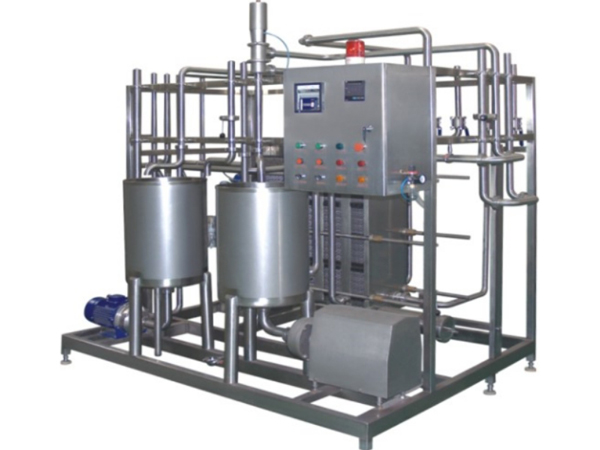
Plate Pasteurizer
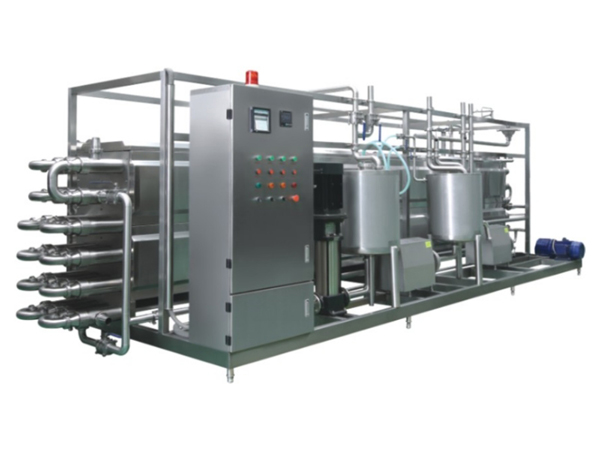
Tubular Pasteurizer
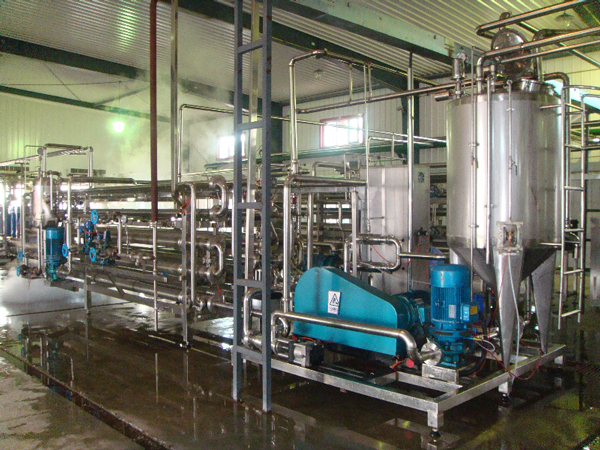
Tube in Tube Pasteurizer
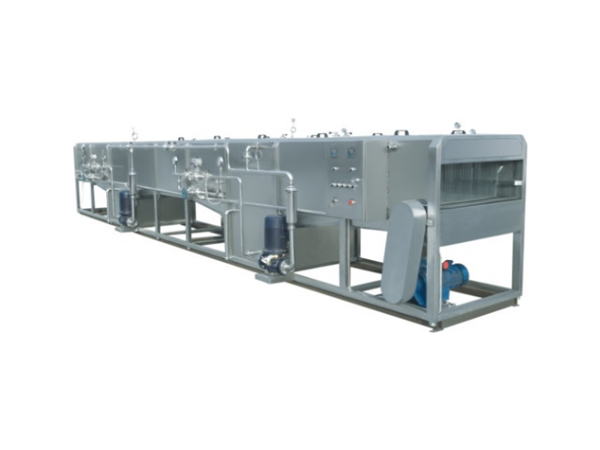
Spraying Type Pasteurization and Cooling tunnel
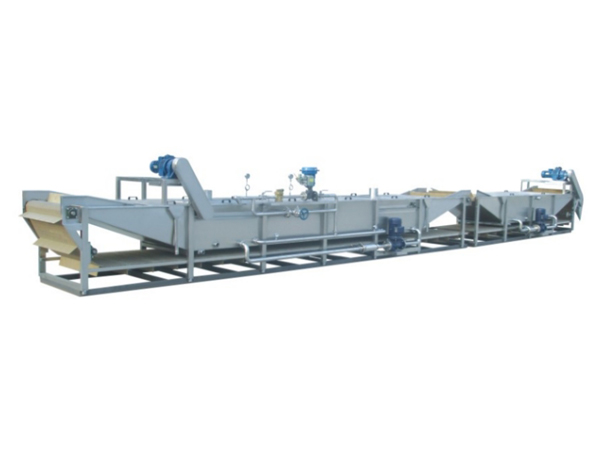
Water Bath Pasteurization Cooling Machine
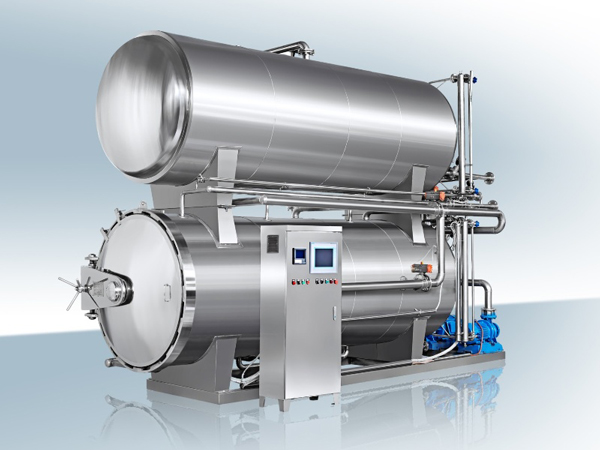
Sterilization Kettle

















